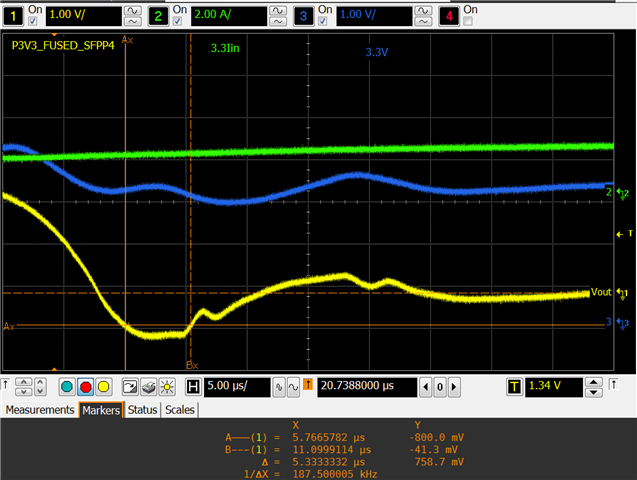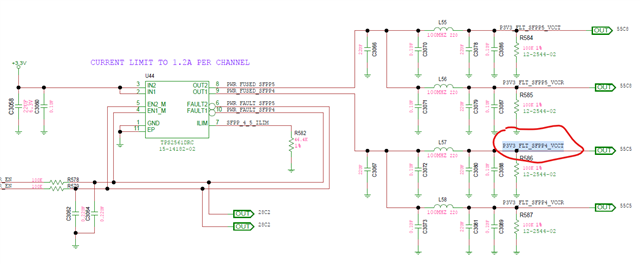Other Parts Discussed in Thread: TPS2556, , TPS2561, TSD05C
Hi TI experts,
I have two questions:
1. For low current efuse like TPS2560/61 or TPS2556, does it need a Schottky diode from OUT pin to GND to protect the device during short circuit condition? if a diode is required, any guide on calculate/select the diode?
2. For below OUTx pin absolute max voltage ratings -0.8V from TPS2560 datasheet, is it for continuous DC voltage or a short voltage pulse? If it's a pulse, what's the time duration for this pulse? Thanks.

Thanks
Neo



